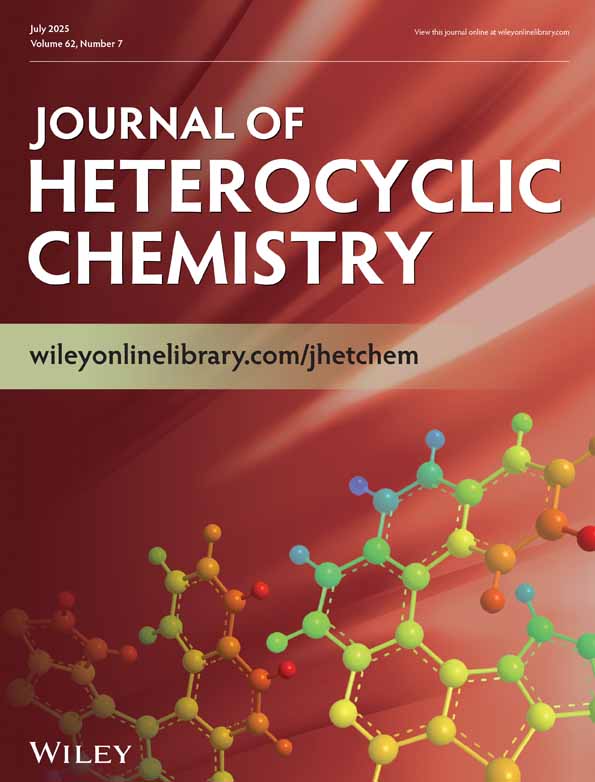Chemistry of the phenoxathiins and isosterically related heterocycles. XXIX† The crystal and molecular structure of 5-(3′-hydroxypyridyl-2′-thio)-4-nitro-1-methylimidazole
For the previous paper in this series, see: W. W. Lam, K. Smith, J. R. Turner and G. E. Martin, J. Chem. Soc., Perkin Trans. II, submitted.
Abstract
Reaction of the dianion of 3-hydroxypyridine-2(1H)-thione with 5-chloro-4-nitro-1-methylimidazole in N,N-dimethylformamide led to the formation of 5-(3′-hydroxypyridyl-2′-thio)-4-nitro-1-methylimidazole, which failed to cyclize to the desired pyrid[1,4]oxathiinoimidazole derivative. In an effort to determine why the intermediate phenolate sulfide had failed to cyclize, the crystal structure of the isolated product was determined. The structure refined to R = 0.036.




